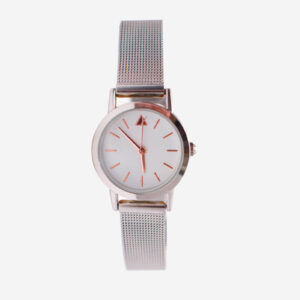5 Common Mistakes Beginner Kayakers Make (and How to Avoid Them)
Kayaking is a fantastic activity that combines exercise, nature, and adventure. However, as with any new sport, beginners can make common mistakes that can compromise their safety and enjoyment. This article will highlight the five most prevalent errors and provide practical advice on how to avoid them.
Mistake 1: Selecting the Wrong Kayak
Beginners often make the mistake of choosing a kayak that is not suited to their needs. It’s essential to consider factors such as stability, size, and intended use. For beginners, a stable and wide kayak is recommended, as it provides better balance and confidence. Research different types of kayaks and consult with experienced paddlers or kayak rental shops to find the best fit.
Mistake 2: Ignoring Safety Measures
Safety should always be a priority when kayaking. The most important safety equipment is a life jacket, which must be worn at all times. Other essential items include a whistle, dry bag for valuables, and a flotation device. Before each paddle, conduct a safety check of your kayak and gear, ensuring everything is in good condition and secure.
Mistake 3: Paddling with Incorrect Technique
Proper paddling technique is crucial for efficient and safe kayaking. For forward movement, keep your elbows close to your body and paddle in a smooth, alternating motion. To paddle backward, reverse the direction of your strokes. Avoid overextending or paddling on the wrong side, as it can cause fatigue and reduce control.
Mistake 4: Overestimating Your Abilities
It’s important to assess your kayaking abilities and start with waters that are appropriate for your skill level. Do not venture into choppy water or strong currents until you have gained sufficient experience. Seek guidance from experienced paddlers or instructors and work your way up gradually to more challenging waters.
Mistake 5: Neglecting Maintenance
Regular kayak maintenance is essential for safety and performance. Clean and store your kayak properly to prevent damage and extend its lifespan. Check for any cracks, dents, or scratches and repair them promptly. Lubricate moving parts regularly, and store your kayak in a protected area to prevent sun exposure and moisture buildup.
Conclusion
By avoiding these common mistakes, beginner kayakers can ensure a safe and enjoyable paddling experience. Remember to wear a life jacket, use proper technique, paddle within your abilities, and maintain your kayak regularly. Embrace the learning curve, seek guidance from experienced paddlers, and continue developing your kayaking skills. With practice and caution, you can enjoy the wonders of kayaking for years to come.
Consider signing up for a kayaking course or joining a local kayaking community to enhance your knowledge and skills. Happy paddling!




